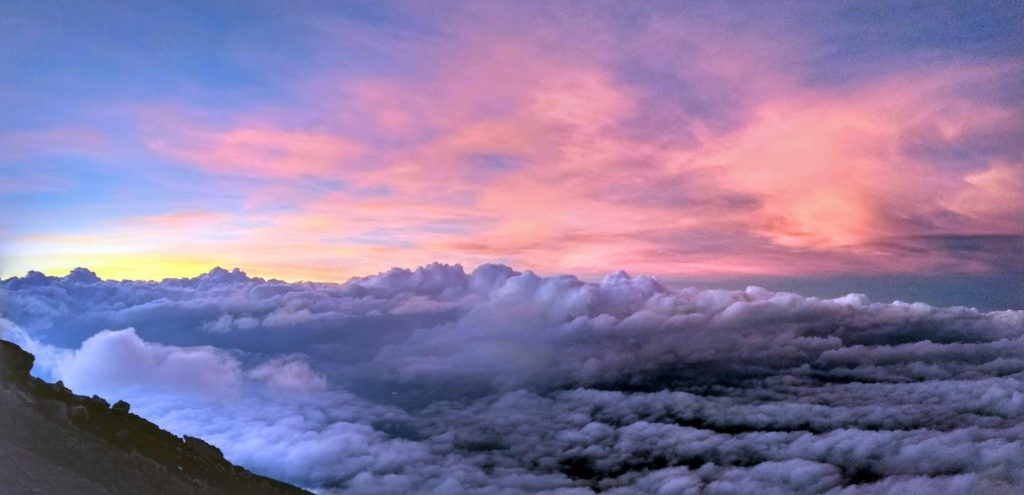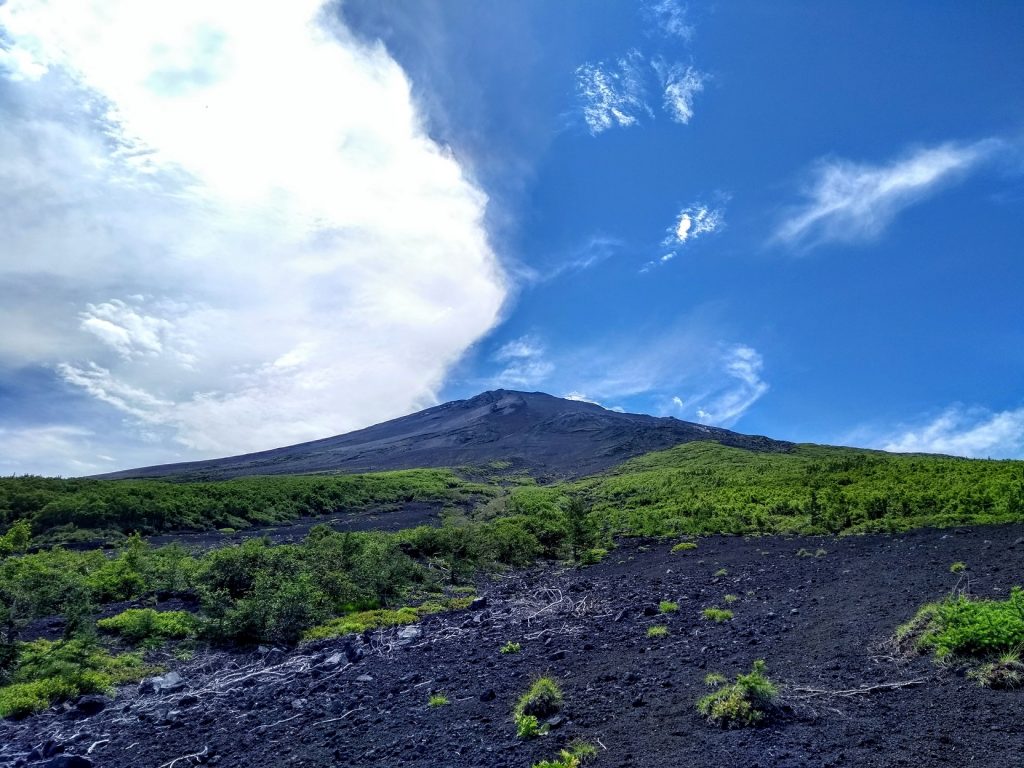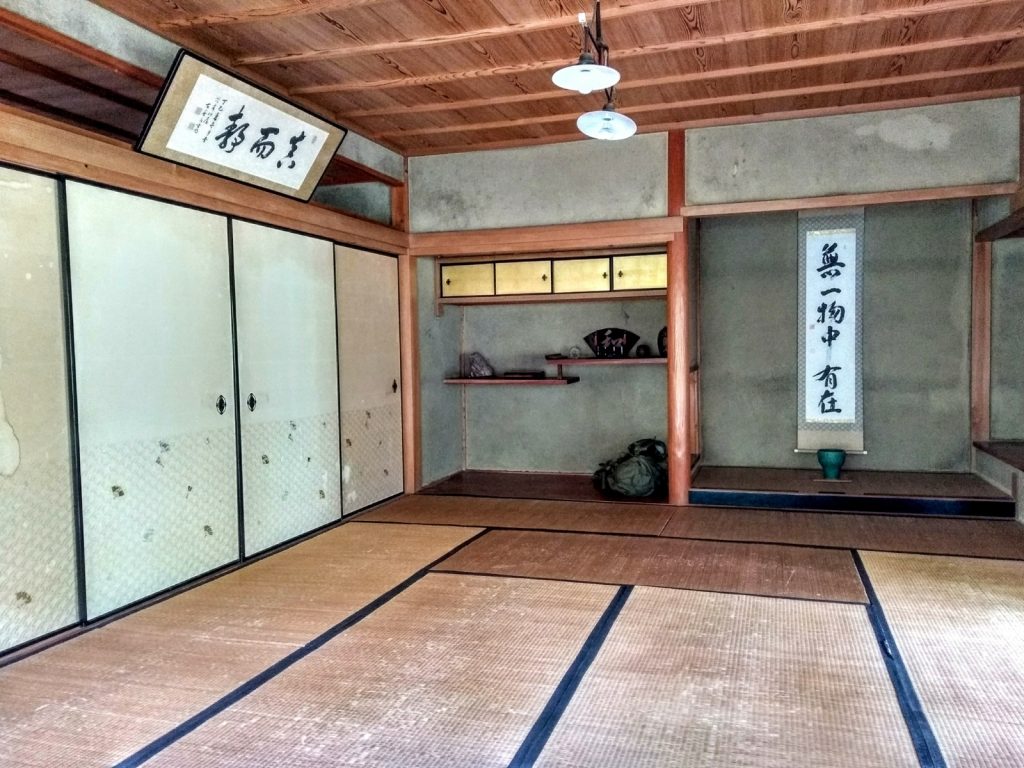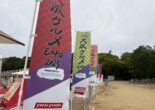
The guidance of Philosophy, Art and the Martial Way.
From the delicious food, with healthy and affordable restaurants available everywhere you look, to the beautiful kimono’s and outstanding fashion seen on the streets of Tokyo every day, there are so many reasons to enjoy living in Japan. But when someone asks me why I moved here it’s not a question I can answer quickly or easily, my interest in the culture and history of Japan extends back as far as I can remember, and now there are simply more reasons for me to live here than anywhere else in the world.
My first memory of being exposed to Japanese culture was when my brother bought a VHS of the movie Akira some time back in the early 90s, after this I began to see more Japanese anime like Ghost in the Shell and Gundam Wing, and also enjoy videogames on consoles like the Nintendo 64 and Sony PlayStation, then in the late 90s when I was around the age of 8 or 9 I began practicing Wadō-ryū Karate.
I stopped practicing Karate some time in my early teens, but throughout my teenage life I continued watching anime, Japanese movies and reading manga. Then when I was old enough to learn to drive I bought a Honda Civic, as I had been greatly influenced by Japanese automotive culture such as JDM, Initial D and Best Motoring International.
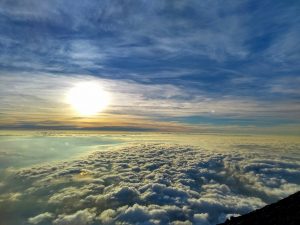 At the age of 21 I began practicing muay thai and invested myself once again in martial arts, this time it took a far more pivotal role in my life, as I returned from a training expedition to Thailand I then used my newfound strength and fitness to join the British Infantry Reserves. As I spent my time training and developing myself physically I often invited my friends to train with me, and share some of the knowledge that I had gained, I found that not only did I enjoy teaching in this way but also that I was good at it, so at the age of 24 I acquired qualification as a Personal Trainer and began instructing professionally.
At the age of 21 I began practicing muay thai and invested myself once again in martial arts, this time it took a far more pivotal role in my life, as I returned from a training expedition to Thailand I then used my newfound strength and fitness to join the British Infantry Reserves. As I spent my time training and developing myself physically I often invited my friends to train with me, and share some of the knowledge that I had gained, I found that not only did I enjoy teaching in this way but also that I was good at it, so at the age of 24 I acquired qualification as a Personal Trainer and began instructing professionally.
A year later in 2014 I finally travelled to Tokyo for the first time. Japan was the number one travel destination I had been planning to visit since my teenage years, about a decade! And now I finally had the opportunity to visit the place I’d learnt so much about over such a long time.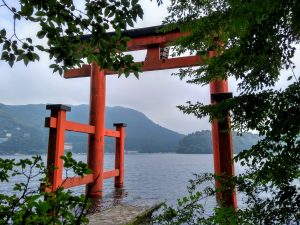
However, Japan has historically been a much more closed-off society than some of its Western contemporaries, certainly much more than my home country of Great Britain which has a far more open border policy, as such I had heard a few stories of how some Japanese people could be slightly less welcoming to foreigners, many even being simply xenophobic. Because of this and my great enjoyment of Japanese culture in the past I didn’t want to be disappointed by first trip to the country, so I reserved my expectations and set out to simply enjoy whatever I found, regardless of what my own experience may be.
However, during my two week holiday that year, such a warm, welcoming and hospitable city of people I did not expect. I had such a fantastic and enjoyable time I could scarcely believe how far Japan had exceeded even my highest expectations, and I was struck with the feeling that Japan was somewhere I could actually live.
I’ve been fortunate enough to travel all over the world, I even have family in as far-flung locations as Canada and New Zealand, and in all my time travelling the world and visiting countless wonderful places I’ve always considered England my home, but for the first time in my life I felt a strong connection to somewhere other than my place of birth.
I knew that for better or worse I had to move and experience living in Japan for myself, even in a worst case scenario that I cannot find work, don’t make any friends, really struggle to support myself and have to move back home, in that situation I would at least know that I tried. My biggest fear was that I wouldn’t even have that experience, and that I would forever wonder what could’ve been if I had in fact moved to Japan and tried to experience something different for myself.
Five years later I get myself a Working Holiday visa and make the move to Tokyo.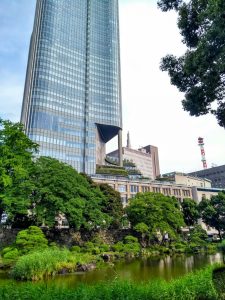
In the time between my first trip and moving wholesale to Japan I spent a few years living in Manchester, during this time I continued to train, to develop, I picked up a few qualifications and learnt a lot of new skills. The biggest change however came in my research of philosophy, I did huge amount of research into Stoic philosophy, Buddhism, Zen and the Tao, and began to include meditation into my routine on an almost daily basis.
During my time working as a Personal Trainer I found that as much as I can develop someone physically, improving their fitness, cardio, strength and flexibility, that progress can only go a short way to alleviating their psychological issues. Stress, anxiety, depression, we all suffer from a lot of mental pressure in our daily lives, and to be a completely healthy individual requires a healthy mind as much as a healthy body.
Zen permeates so much of Japanese culture, from the tea ceremony to sword fighting, many practices are studied as dō, or the Way. Much like the Tao Te Ching, dō is an understanding of some of the fundamental principals of reality, and to practice a life in accordance with such knowledge is considered to live correctly, with straight forward action, ‘the middle Way’ as the Buddha teaches.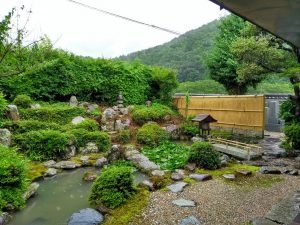
In coming to Japan I hoped to greatly deepen and expand my knowledge of the Way, while practicing Buddhist principals and continuing to train in martial arts, both for my own benefit and for the interest of my clients.Two weeks after arriving in Japan I travelled to Kyoto, I spent a couple of days exploring the city and the many venerable temples it is home to, a place of such beauty and tranquillity the likes of which I have seldom experienced before. After a short period in the old capital I made my way outside the city to Kameoka, here I made my home at Tekishinjuku, the Kyoto Kokusai Zendo, an international temple abiding by the rules of the Myoshinji subsect of Rinzai Zen. Here I spent a challenging yet deeply productive week practicing countless hours of seated meditation, also cleaning, walking and eating all in a meditative practice. I spent my time at this temple completely cut off from the outside world, no TV, phones or internet, not even a newspaper connecting me to the life I am used to. Despite my military experience, adjusting to such a strict lifestyle was challenging, every day I would wake at 4:30am and had to make my way to the main building, to be sat in position ready for 5am. From then until 9am would be long periods of zazen (seated meditation), broken by short periods of kinhin (walking meditation), followed by reciting sutras in the morning service, cleaning, and finally breakfast.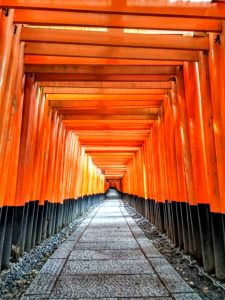
All tasks are to be performed in a meditative practice, with clear awareness and a focus on posture and breathing. Meals were the the most difficult practice to adjust to, every time we ate was in complete silence, we were required to follow the guide of the leading monk as we laid out our bowls and chopsticks, as we served the food and as we cleaned the bowls at the end, all in a very specific manner. No one proceeded onto the final cleaning phase until everyone had finished their food, so for someone used to taking their time eating it felt like a lot of pressure.
Another challenging aspect of meal time are the rules that at breakfast all the food served must be eaten, but at lunch this requirement is not upheld, in fact it is recommended to leave food untouched at the midday meal as any leftover food will be eaten for dinner, but if there is no food remaining after lunch then there will be no dinner! This was not explained to me and I had to find out the hard way after I diligently helped consume all the food provided for lunch on my first day at the temple!
Throughout the day the practice was similar to the morning routine, there would sometimes be periods of 45 to 90 minutes of free time, in which I would often rest, read or practice yoga. But most of the time during the day, from 5am to 9pm we were busy with monastic practice. My knees began to suffer badly from sitting in half-lotus for so many hours every day! But the experience was invaluable, beginning my meditative practice in Japan with an intensive retreat was a fantastic way to start.
I arrived at Tekishinjuku on a hot summer’s day, the sky was a beautiful swath of azure and the wind was barely a whisper, but the next day it started to rain, and for the rest of my stay at the temple, day and night that rain varied between a light drizzle and an outright downpour.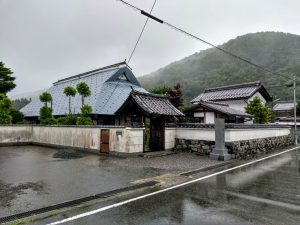
The heavy precipitation limited our activities indoors throughout my entire stay, which is a slight shame as I would’ve liked to have helped to clean and maintain the beautiful zen garden, but I don’t regret the weather at all as I have always enjoyed practicing zazen in the rain, and to sit in awareness in such a beautiful environment with such an amazing soundtrack to my practice felt like a very special treat.
When the time came to leave the temple I gathered my things and began the walk to the bus stop, to catch a ride to the Kameoka train station. As the walk was quite long and the rain still heavy I decided to try to hitch a ride, something I’d never actually done before, and I figured that out here in the Japanese country I’d be sure to find some kind samaritan who would give me a lift. Surely enough, the second car to pass stopped and offered me a seat without even wanting to know where I was going. As we drove to the train station I discovered that the rains we were enjoying were the result of a category four tyhpoon which was passing the country. As we neared Kameoka town we began to meet numerous diversions, closed roads and long lines of stationary traffic. I found it to be quite amusing that in the temple the rain was no real problem for a monk, but as soon as I reenter the world they turn out to be a big problem for everyone else.
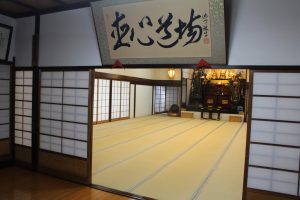 While we were sat in traffic Yoshiki, my kind saviour, calls his wife and asks her to check traffic and the travel situation. She tells us that absolutely all trains have been cancelled and nothing will be running at least until tomorrow, then rather than take me back to the temple Yoshiki very magnanimously offers a bed in his house for the night, gratefully I accept his offer and return to the family household. That night he and his wife Sachiko graciously provide me with homemade plum wine, an assortment of snacks, and for dinner we sit down together around the hot plate for delicious okonomiyaki. Sachiko also practices chadō, the Japanese tea ceremony, and generously made me fresh tea, showing me some techniques.
While we were sat in traffic Yoshiki, my kind saviour, calls his wife and asks her to check traffic and the travel situation. She tells us that absolutely all trains have been cancelled and nothing will be running at least until tomorrow, then rather than take me back to the temple Yoshiki very magnanimously offers a bed in his house for the night, gratefully I accept his offer and return to the family household. That night he and his wife Sachiko graciously provide me with homemade plum wine, an assortment of snacks, and for dinner we sit down together around the hot plate for delicious okonomiyaki. Sachiko also practices chadō, the Japanese tea ceremony, and generously made me fresh tea, showing me some techniques.
The next morning I try to repay them in some small way by cooking them an English fry-up breakfast, or at least as close as I could get, as we could not find a tin of beans anywhere when we visited the shops the night before, the difficulties of shopping abroad! That day the trains from Kameoka to Kyoto were still not running, but the shinkansen from Kyoto to Tokyo was back up and running. Yoshiki got in contact with a friend who drives to Kyoto daily for work and managed to arrange me a lift, however he does not leave until slightly later in the day, so first I accompanied Yoshiki to his place of work to lend a hand until I could leave.
Yoshiki works for the Kansai Guide Dog Association, so I spent the morning cleaning out dog bowls and replacing water for the many kawaii inu the center housed.
All this adventure and excitement from just sticking your thumb out as you walk down a road, truly the best experiences are the ones entirely unplanned.
I found the experience in Kyoto to be deeply gratifying and exactly the environment I was looking for to advance my own knowledge and strengthen my practice of the Way.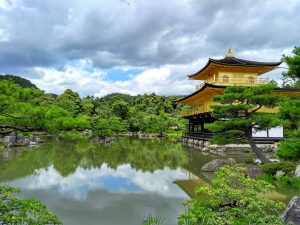
Since returning to Tokyo I have begun to visit Toshoji, the Tokyo Kokusai Zendo, which is a Soto Zen temple that holds group zazen sessions open to the public every Saturday. There are many more people at the Tokyo temple, and it’s nice to be involved in such a large and experienced group, in England most of my practice was entirely by myself, and the sparse experience I did have with group meditation was almost always entirely with beginners. Visiting Toshoji is a fantastic opportunity for me to interact with a Roshi, ask questions and continue to find guidance. Continuing forward into the future I hope to become a familiar face at the temple, and hopefully find some way to repay their generous instruction and hospitality.
LEWIS BIOGRAPHY –
Lewis is a Personal Trainer and Security Operative from Hertfordshire, England, now residing in Tokyo Japan. He is a teacher, a student, and a practitioner of the Martial Way.
His personal website https://zenbudoka.blogspot.com
